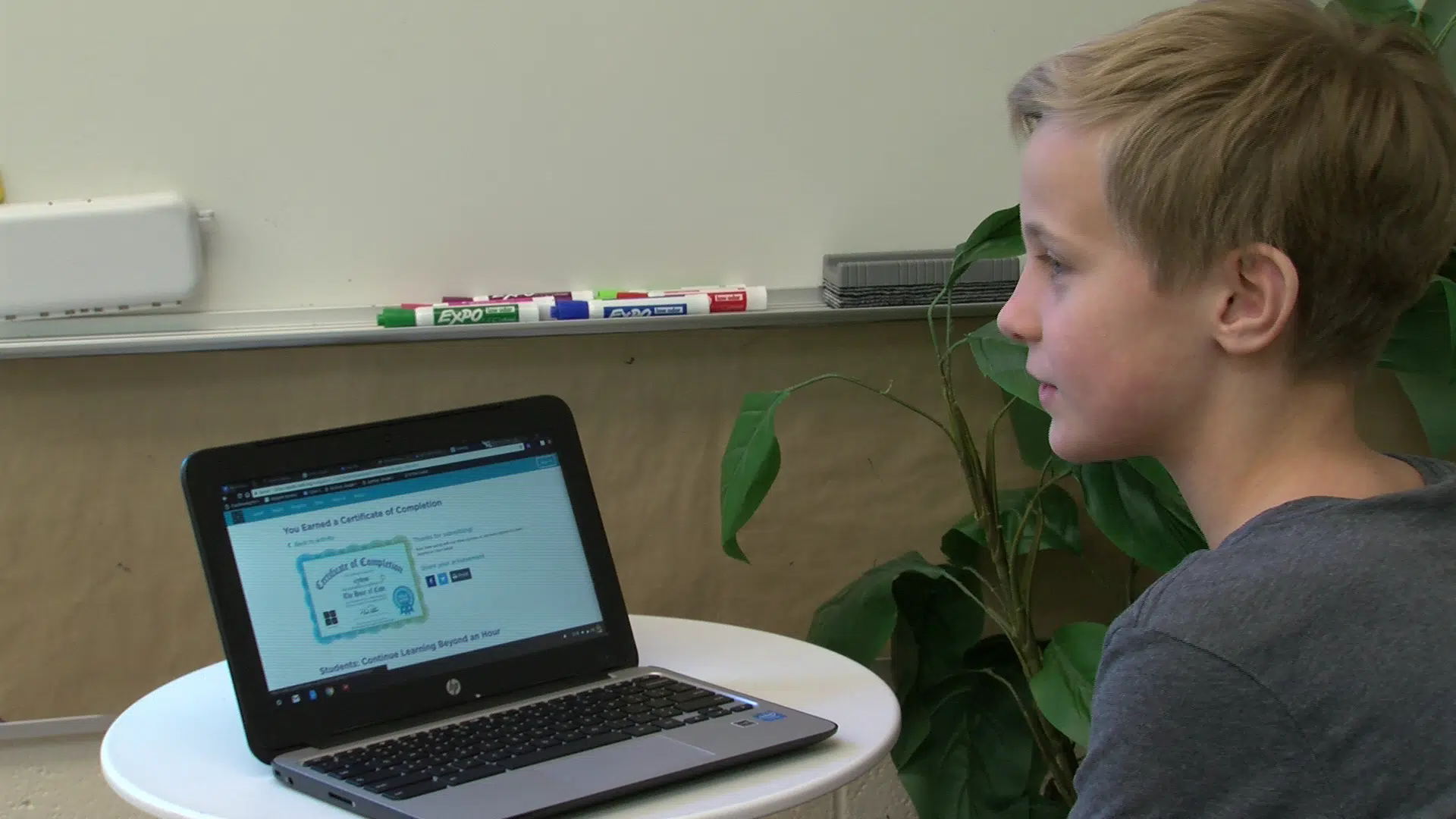
Students learn coding for fun, and for the future
MEDICINE HAT, AB — Technology is an essential part of our lives, running everything from computers to vehicles.
And now students at George Davison School are learning how to write the code that makes the technology run, which can help them land jobs in the industries that are in-demand now, and will be in demand in the future.
The school launched a Makerspace classroom in its library, giving students in Grades 5 and 6 the opportunity to learn coding, the language used to write computer software.
